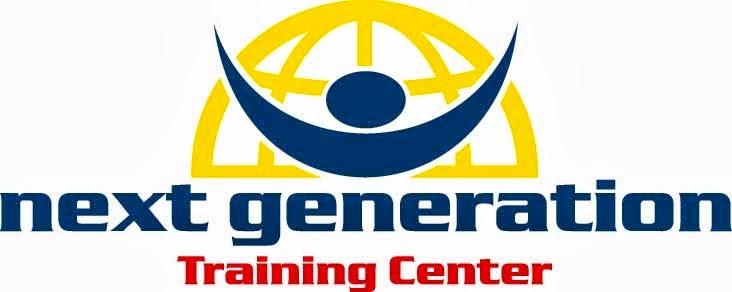It is the night before Hurricane Irene, the tragedy that will soon be hitting New Jersey, and all that I could think about is:
”How am I going to get my workout in?”
A friend of mine gave me a call and asked if I had wanted to join in on a workout with him at his local gym. I replied, "HELL YEAH!", knowing that a workout in a "big box, concrete gym" will kill two birds with one stone.
The two birds happening to be:
#1 Giving me an opportunity to workout.
#2 Being able to collect ideas for my next blog post.
Of course, I was not disappointed.
As soon as I walked through the door, I looked up and saw a huge cardio deck. The cardio deck held equipment such as treadmills, ellipticals, bikes, etc. Every piece of cardio equipment was luxuriously lavished with a plasma TV, and you know what that means:
NO INTENSITY.
After checking out the Cardio Deck, I noticed a man on a treadmill. He must have been traveling at a speed of about 1mph, and at the same time, reading a magazine. I didn't think anything of it and walked right passed him to get to the stretching area to prepare for my workout. About 45 minutes later, making a trip back up to the Cardio Deck to finish my Metabolic Workout, (a set of 10 sprints on the treadmill) I noticed that same guy on the same treadmill! I walked by him, grabbed a treadmill to complete my 10 sprints. After completing my 10 sprints, he was still on that same treadmill, traveling at the same speed! I decided to walk behind him and peek over his shoulder and happened to notice he had spent 75 minutes on the treadmill, burning an amazing 371 calories. Sense the sarcasm?
After this experience, I was inspired to write an article regarding:
Pros Vs.Cons of Steady State Cardio and Interval Training.
Steady State Cardio is defined as: Any form of aerobic/cardiovascular training where some reasonably steady intensity is maintained for an extended period of time. The time can be anywhere from 20-60 minutes and maintaining a steady heart rate.
Interval Training is defined as: Any activity where intensity alternates between high intensity (anywhere from 20-60 seconds) with periods of lower intensity activity. When we talk about high intensity, we mean all out, leaving nothing in the tank, and everything on the floor. When we talk about lower intensity activity, we really mean relax and recover. As you are doing so, thank your body for giving you the energy, being able to put forth the effort. Recovery is not just about stretching out the muscles and slowing down the heart rate. Recovery also entails the mental aspect of your workout. Without being mentally prepared and strong, you will not be able to give it your all. If you ever have to question why you need to incorporate post workout recovery, you are not training hard enough.
Steady State Cardio
Pros:
- Great for beginners
- Depending on your intensity and duration, this tends to burn more calories than interval training.
- Can be done more frequently (depending on client, duration, and intensity)
Cons:
- It's boring and has to be done for a long period of time (this is a big reason why gyms now have TV’s or play music)
- Excessive amounts of the same type of cardio can increase the chances of injuries. This includes runners who are more prone to having knee problems, and swimmers who are more prone to rotator cuff injuries.
- It is very difficult to burn a significant amount of calories unless it is done for an extended amount of time.
Interval Training
Pros:
- Greater fat loss in a shorter period of time. This is because Interval Training allows for a larger EPOC (Excess Post-Exercise Oxygen Consumption). In other words, this means you are burning calories even after your workout is done.
- Allows the muscle to use fat for fuel more than Steady State Cardio
- More time efficient. Who has the time to perform an hour of cardio? I don’t know about you, but I have better things to do with my time than to dedicate numerous amounts of hours of doing the same thing. In a proper Interval Training session, the session may only take anywhere from 10-20 minutes.
Cons:
- Intensity is inappropriate for beginners.
- Program Design is crucial. If you think that training legs then heading over for some Cardio Interval Training is beneficial, you are mistaken. That is the perfect recipe for overtraining.
- Higher Risk For Injury. Activities such as sprinting, carries a higher injury risk than intervals performed on a bike.
The burning in your legs (from high acid levels in the muscle) along with extreme discomfort is not only common, but also expected. Some report nausea initially. This can be worse if the client ate too close to training.
Stay tuned for Part 2 of “Stop Wasting Your Time”!
We will cover the different Interval Training Workouts that can help spark some interest and spice up your workout.
